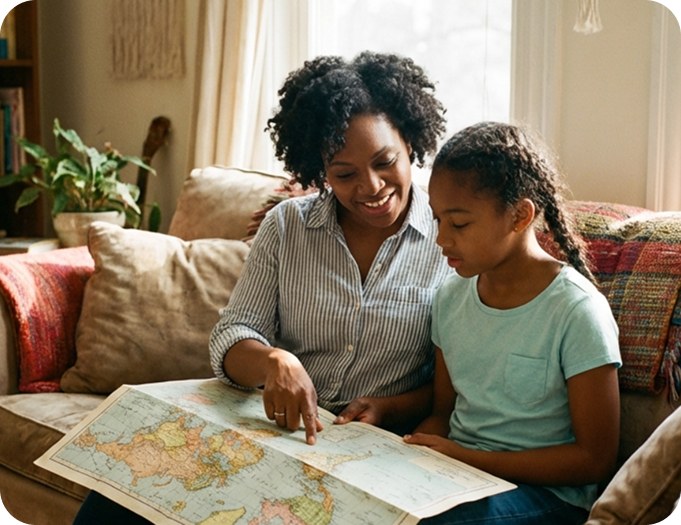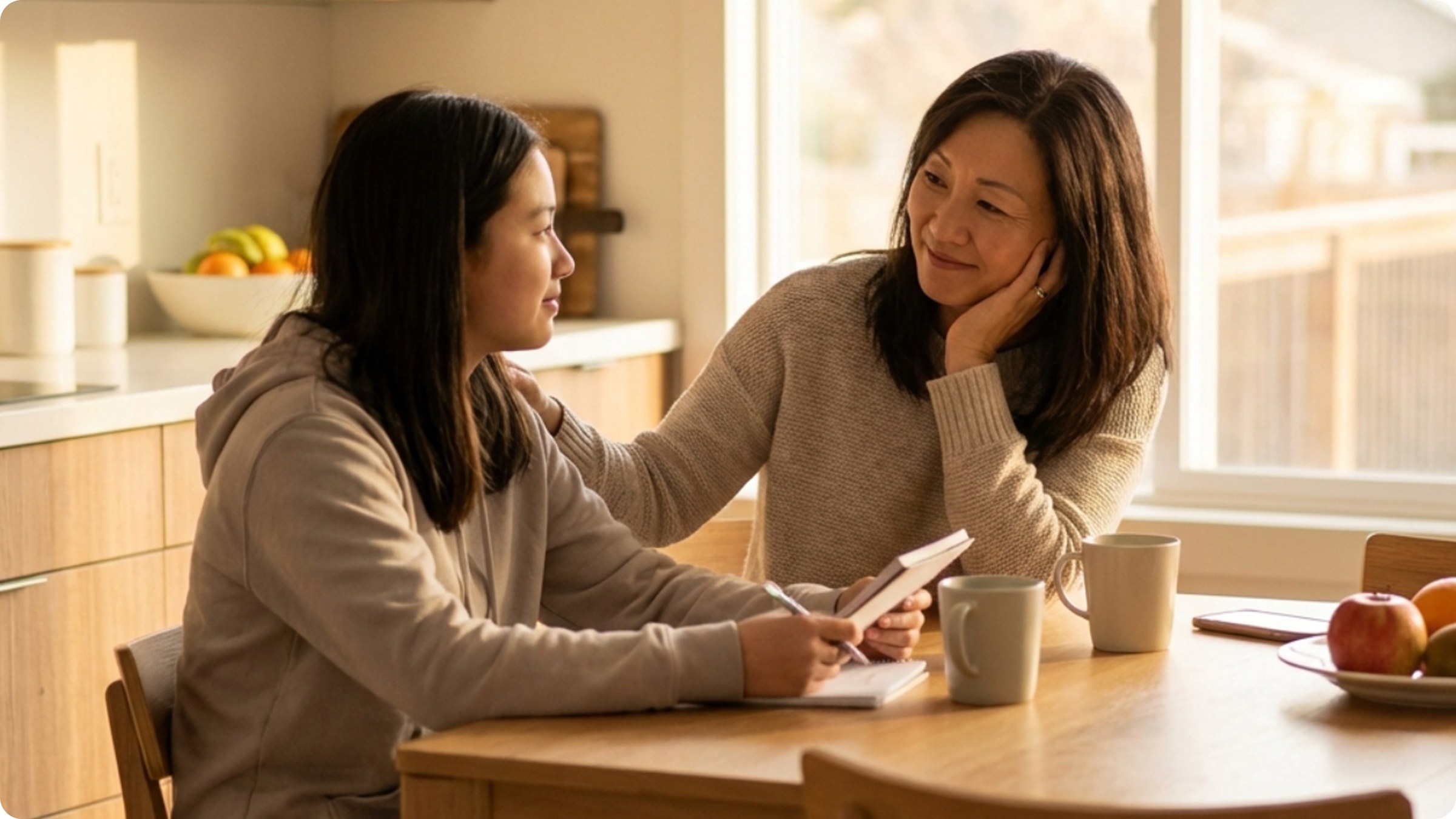I'm Rebecca Davis, a high school teacher in Denver, Colorado. My daughter Emma just turned 12, and she'd been begging me for months to let her walk to the grocery store alone. "Mom, I'm not a baby anymore," she'd say every time I offered to drive her. Last Saturday, I finally said yes. She needed poster board for a school project, and the store was only six blocks away. "Take your phone. Text me when you get there," I said. She rolled her eyes but smiled. "I will, Mom. Promise." Thirty minutes later, I still hadn't heard from her. I called. No answer. I texted. Nothing. My hands started shaking as I opened FamiSafe's location tracker.
Meet the Davis Family Story
When Independence Meets Safety: Finding My Daughter After Her Phone Went Dark

Our Family's Struggle

Challenge
Emma left the house at 2 PM on Saturday afternoon. The grocery store was a straight shot down our street—six blocks, two traffic lights, fifteen minutes max. "Be back by 2:30," I told her. I watched from the window as she walked down the sidewalk, backpack bouncing, looking so grown-up and independent. At 2:35, I texted: "Did you get the poster board?" No response. At 2:40, I called. Straight to voicemail. My heart started racing. At 2:45, I called again. Still nothing. I stood in my kitchen, phone in hand, imagining every terrible scenario. What if someone grabbed her? What if she got hit by a car? What if she was hurt and couldn't call for help? My twelve-year-old daughter was out there somewhere, unreachable, and I had no idea where she was or what had happened. This was her first solo errand, and I was already regretting saying yes. I felt like the worst mother in the world.

Solution
At 2:50, I remembered FamiSafe's location tracking feature. My hands were shaking as I opened the app on my phone. Within seconds, a map appeared showing Emma's last known location—not at the grocery store, but three blocks past it, near the public library. Her phone had gone offline 25 minutes ago, but I could see exactly where she'd been. I grabbed my keys and drove straight there. I found Emma sitting on the library steps, frustrated and close to tears. "Mom! My phone died and I couldn't remember our address to tell the librarian. I was going to walk home but I wasn't sure which street to take." I hugged her so tight. Her phone had died because she'd been watching videos on the way to the store—classic kid mistake. We sat on those steps together, and I showed her the FamiSafe map. "This is how I found you," I explained. "But next time, let's make sure your phone is charged before you leave." We talked about portable chargers, about memorizing our address, about what to do in emergencies. Then we went inside, Emma wrote down our address on a card for her wallet, and we drove home together. That evening, we set up charging reminders on her phone and established new rules: phone must be at 50% or higher before solo trips. Emma understood. "I'm sorry I scared you, Mom," she said. "But thanks for letting me try."
The Davis Family Today








